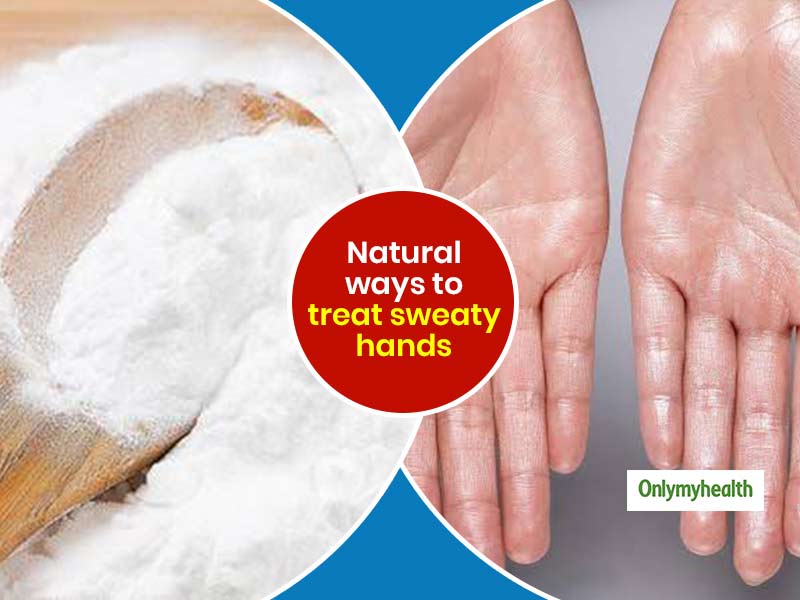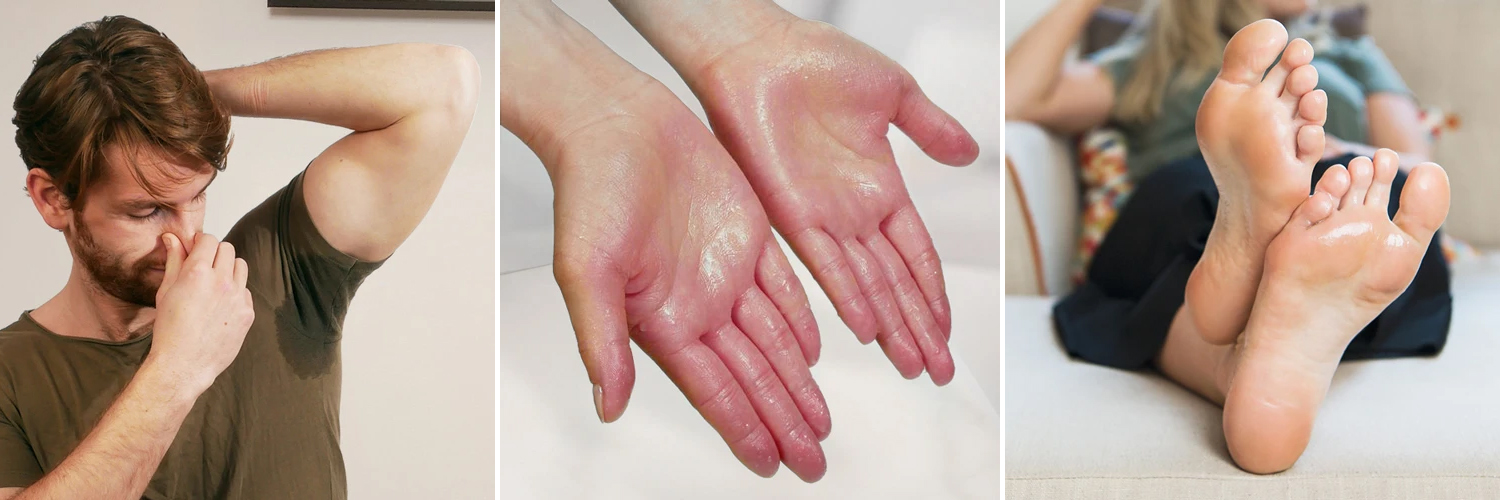How to Stop Sweaty Hands and Feet: Top Dermatology Treatments for Excessive Sweating
How to Stop Sweaty Hands and Feet: Top Dermatology Treatments for Excessive Sweating
Blog Article
Introducing the Complexities of Excessive Sweating: A Comprehensive Overview to Medical Diagnosis and Administration
Excessive sweating, medically called hyperhidrosis, is a condition that impacts a significant number of individuals and can have an extensive influence on their high quality of life. While sweating is an all-natural bodily feature, its overactivity in hyperhidrosis offers a special set of difficulties that frequently go past mere discomfort. Comprehending the underlying reasons, identifying the symptoms, and navigating the analysis procedure for hyperhidrosis can be elaborate jobs. In this comprehensive guide, we will check out the complexities of hyperhidrosis, from its medical diagnosis to the range of therapy options available, dropping light on efficient management methods for those facing this condition.

Recognizing Hyperhidrosis Causes
Hyperhidrosis causes can be associated to numerous elements such as genes, hormone imbalances, and specific clinical problems. Genetics play a considerable duty in key focal hyperhidrosis, where individuals inherit the condition from their family members. By recognizing the specific elements adding to too much sweating, healthcare providers can tailor therapy strategies to address the underlying cause, supplying relief and improving the high quality of life for people influenced by hyperhidrosis.
Identifying Hyperhidrosis Symptoms

Furthermore, hyperhidrosis signs might materialize in social and psychological distress, as individuals might really feel self-conscious or nervous regarding their sweating, leading to evasion of social circumstances (Treatment for hyperhydrosis of hands). Furthermore, repeated episodes of too much sweating can lead to skin maceration, fungal infections, and an overall decline in self-confidence
Diagnostic Process for Hyperhidrosis
Launching the analysis process for too much sweating involves thorough analysis of the individual's clinical history and physical evaluation. Asking about the onset, period, and activates of sweating episodes is essential to differentiate in between primary focal hyperhidrosis and additional generalized hyperhidrosis. Case history needs to likewise include inquiries regarding drugs, clinical conditions, and household history of hyperhidrosis.
Throughout the health examination, certain interest is paid to the locations impacted by sweating. The healthcare service provider might evaluate the level of sweating, check for indicators of underlying conditions, and review the effect of sweating on the person's high quality of life. Additionally, specific examinations like the gravimetric test, starch-iodine examination, or skin conductance measurements might be conducted to evaluate the amount of sweat created.
Furthermore, in instances where second hyperhidrosis is thought, additional tests such as blood tests, pee examinations, and imaging research studies may be recommended to identify the underlying source of excessive sweating. The diagnostic process intends to properly establish the kind and root cause of hyperhidrosis to assist ideal monitoring methods.
Treatment Choices for Hyperhidrosis
When dealing with too much sweating, different treatment options are available to reduce symptoms and boost the person's high quality of life. The treatment approach for hyperhidrosis relies on the extent of signs and the client's response to first treatments.
Topical treatments, such as aluminum-based antiperspirants, are frequently advised as the initial line of defense for taking care of moderate cases of hyperhidrosis. For people with much more extreme signs, dental drugs like anticholinergics may be suggested to assist lower sweating.

Effective Monitoring Strategies
To successfully handle hyperhidrosis, a detailed and customized therapy strategy customized to the individual's particular demands and feedback to previous treatments is crucial. This strategy might integrate a combination of restorative methods, including lifestyle modifications, topical therapies, dental medicines, botulinum toxic substance injections, iontophoresis, and in serious situations, medical interventions like sweat gland removal or sympathectomy. Way of life adjustments such as using moisture-wicking clothes, using antiperspirants, and practicing stress-reducing strategies can enhance medical treatments. Topical antiperspirants having light weight aluminum chloride are commonly the first-line therapy, with more powerful formulas available for resistant instances. Oral drugs like anticholinergics may be suggested for generalised hyperhidrosis. Botulinum contaminant injections work for focal hyperhidrosis, providing short-term relief by obstructing the release of acetylcholine. Iontophoresis, involving using a low electric current to lower sweat gland task, can be valuable for both palmoplantar and axillary hyperhidrosis. Surgical alternatives are typically scheduled for severe, refractory situations and require cautious consideration of benefits and threats. A multidisciplinary method entailing skin specialists, primary care physicians, and, if needed, cosmetic surgeons, can maximize the management of hyperhidrosis.
Verdict
In conclusion, hyperhidrosis is view a condition identified by extreme sweating, which can substantially affect a person's top quality of life. By understanding the causes, acknowledging the signs and symptoms, and going through the analysis process, doctor can properly handle this problem. Treatment options include go right here topical medications, oral medicines, shots, and also medical treatments in extreme situations. With correct medical diagnosis and monitoring approaches, people experiencing hyperhidrosis can discover alleviation and improve their general wellness.
Too much sweating, medically known as hyperhidrosis, is a problem that affects a considerable number of people and can have an extensive influence on their quality of life. By recognizing the particular variables contributing to excessive sweating, health care companies can tailor therapy strategies to attend to the underlying reason, using relief and enhancing the high quality of life for individuals affected by hyperhidrosis.
Hyperhidrosis, defined by extreme sweating past what is required for managing body temperature level, can considerably impact a person's high quality of life. Asking regarding the onset, duration, and activates of sweating episodes is important to distinguish between key focal hyperhidrosis and additional generalized hyperhidrosis. Sweaty hands treatment.In conclusion, hyperhidrosis is a condition defined by extreme sweating, which can significantly influence a person's high quality of life
Report this page